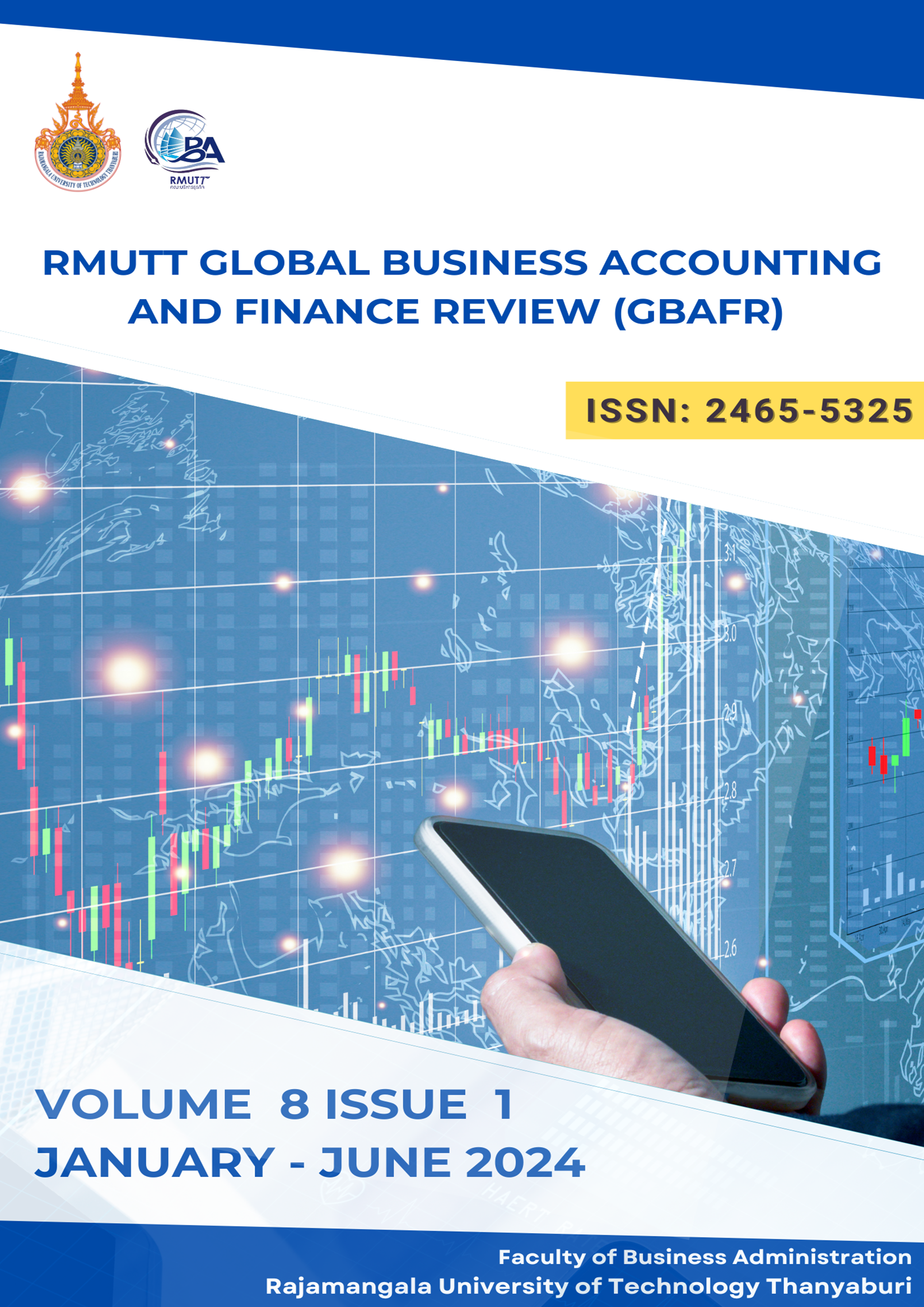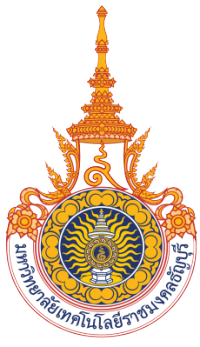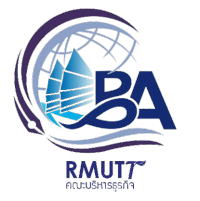ASSESSING THE IMPACT OF RUBBER DEVELOPMENT POLICIES ON THE NATIONAL ECONOMY, INTRA-SECTOR DYNAMICS, AND EMPLOYMENT: UTILIZING A COMPUTABLE GENERAL EQUILIBRIUM MODEL APPROACH
DOI:
https://doi.org/10.60101/gbafr.2024.271025Keywords:
Rubber development policies, Economic impact, Rubber industry, Computable general equilibriumAbstract
Purpose – This research explores the effects of three rubber development policies on Thailand's economy and employment: increasing import taxes on rubber products, raising the rubber export tariff (CESS), and boosting domestic rubber consumption. The goal is to strengthen the rubber industry's foundation by promoting policies that enhance domestic rubber utilization, expand the rubber processing industry, and support farmer institutions.
Methodology – Using a Computable General Equilibrium (CGE) model, the study analyzes the impact of these policies. Expert brainstorming sessions and in-depth interviews provided additional insights, guiding recommendations for government strategies to streamline rubber supply management and support the entire rubber production chain.
Results – Key findings include: 1) Raising the rubber export tariff has minimal impact on the overall economy. 2) Mandating 30% domestic rubber utilization leads to modest economic growth and employment increases, despite Thailand's limited production structure. And 3) Increasing tariffs on imported rubber products has significant macroeconomic effects: a 10% tax increase results in 3.63% economic growth (612,707.70 million THB) and a 2.93% price rise. Employment increases by 6.69%, rubber product prices surge by 23.287% to 26.094%, and primary rubber prices rise by 41.091%.
Implications – Policy recommendations include: Streamlining national rubber supply management, supporting upstream rubber production and creating value-added products, aligning rubber research with synthetic rubber needs, - enhancing domestic rubber usage and procurement regulations, developing new strategies for rubber growth, promoting the rubber glove industry, and achieving a 40:60 ratio of natural to synthetic rubber within five years, Establishing rubber special economic zones and strengthening farmer institutions and the Rubber Authority of Thailand (RAOT), and addressing low productivity per acre, establishing a central market, and creating an online platform for future rubber trading to boost producers' earnings and global competitiveness.
Originality/Value – Implementing a 10% tariff increase on imported rubber products, comprehensive rubber system management, and maintaining a 30% domestic rubber usage rate are crucial. These measures are expected to invigorate the rubber market and enhance producers' earnings, securing a sustainable competitive advantage globally.
References
Nimsai, S. (2014). Development of Market Linkage Approaches and Supporting Policies toward Rubber Prices Standardization in Thailand: To Improve the Capability in Among ASEAN Rubber Market (PhaseI). TSRI e-Library. https://elibrary.tsri.or.th/project_content.asp?PJID=RDG5750099
Phaoprasert, N. (2016). Decision analysis in selecting suitable policies of promoting value-added natural rubber products in Thailand. Thailand Agricultural Research Repository. https://tarr.arda.or.th/preview/item/gAeKl7cSrBRFAgkFa6mGt?isAI=true
Pinitjitsamut, M., Apinya W., Sayruamyat S., & Limsomboonchai V. (2012). A Study of Thailand's Policy and Measures on Rubber Price Stability with Rubber Fund Mechanism and the Optimal Approach for Establishment. TSRI e-Library. https://elibrary.tsri.or.th/project_content.asp?PJID=RDG5550111
Pisanwanich, A., Premsrirat, T., Chantarakun, W., Chantaburi, S., Prathansong, N., Chaivijitmalakul, P., & Pumjaroen, J. (2012). The Impact Analysis of Thai Rubber Industry From Malaysia's World Rubber Center and ASEAN Agreement. TSRI e-Library. https://elibrary.tsri.or.th/project_content.asp?PJID=RDG5550110
Pongchompoo, S. (2012). Market Mechanism of Para rubber in Northeast Thailand. TSRI e-Library. https://elibrary.tsri.or.th/project_content.asp?PJID=RDG5520020
Rubber Division Department of Agriculture. (2022). Thailand Rubber Statistics. VOL. 51 No.4. https://www.doa.go.th/rubber/wp-content/uploads/dlm_uploads/2023/03/หนังสือสถิติยางปีที่-51-2565.pdf
Rungreunganan, W., Talabgaew, S., & Cherdchoongam, S. (2012). A study of factors affecting to rubber price stability. TSRI e-Library. https://elibrary.tsri.or.th/project_content.asp?PJID=RDG5550107
Satsue, P., & Phitthayaphinant, P. (2016). Perceptions on Impacts and Adaptation Practices of Para Rubber Farmers and Industries from Participating ASEAN Economic Community - A Case Study in Songkhla Province. TSRI e-Library. https://elibrary.tsri.or.th/project_content.asp?PJID=RDG5920008
Sowcharoensuk, C. (2023). Industry Outlook 2023-2025: Rubber Processing. https://www.krungsri.com/en/research/industry/industry-outlook/agriculture/rubber/io/rubber-2023-2025
Suksaroj, T., Rattanapan, C., Charmondusit, K., & Ounsaneha, W. (2012). Development of Rubber Plantation Strategy of Thailand using Eco-Efficiency. TSRI e-Library. https://elibrary.tsri.or.th/project_content.asp?PJID=RDG5550099
Thiraphat, S., & Tanthanongsakkun, S. (2017). Using Rubber Futures Market for Risk Management by Small Rubber Growers. TSRI e-Library. https://elibrary.tsri.or.th/project_content.asp?PJID=RDG6020030
Wanichcharoenteeratham, W., Tirapat, S., Suanpong, K., Noparumpa, T., & Tanthanongsakkun, S. (2014). A study of Cess Management to Improve the Competitive Advantage of Thai Rubber Industry. TSRI e-Library. https://elibrary.tsri.or.th/project_content.asp?PJID=RDG5750138
Downloads
Published
How to Cite
Issue
Section
License
Copyright (c) 2024 Faculty of Business Administration, Rajamangala University of Technology Thanyaburi

This work is licensed under a Creative Commons Attribution-NonCommercial-NoDerivatives 4.0 International License.









